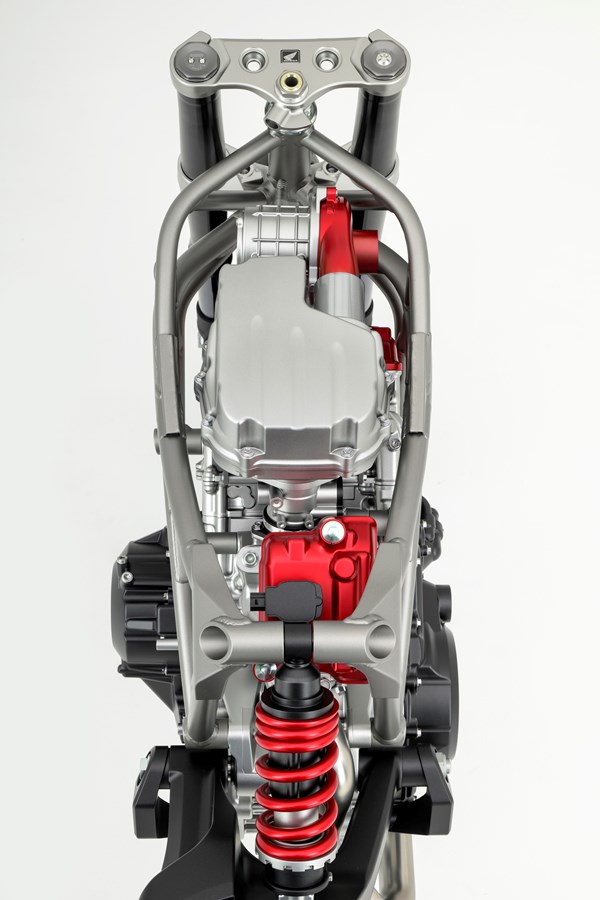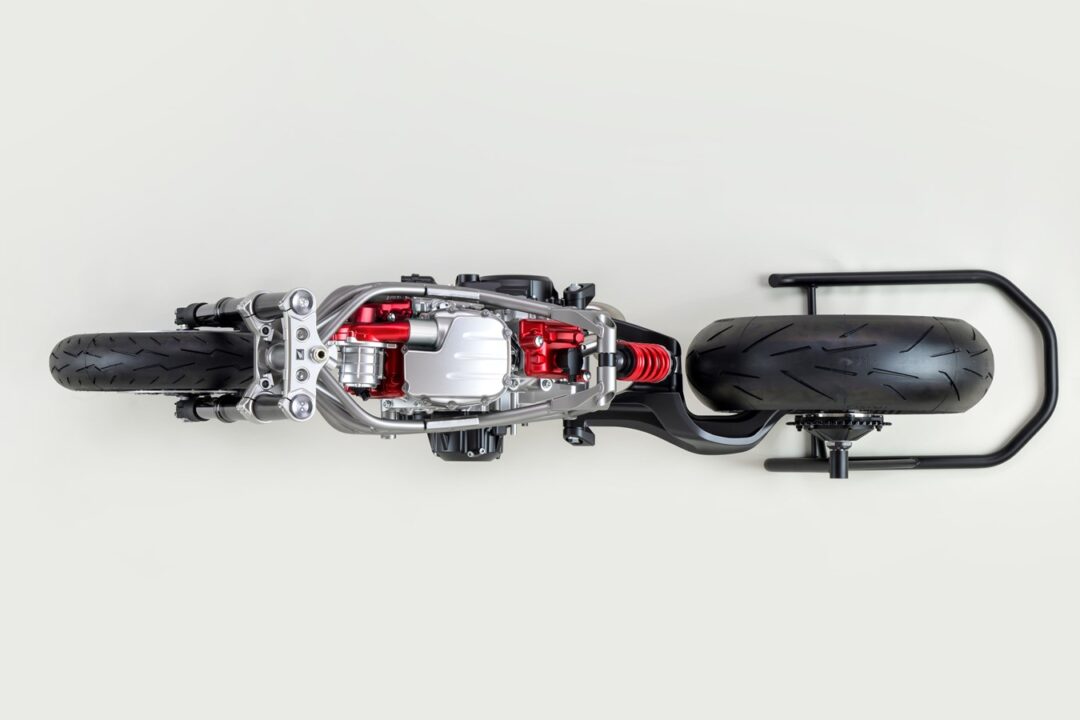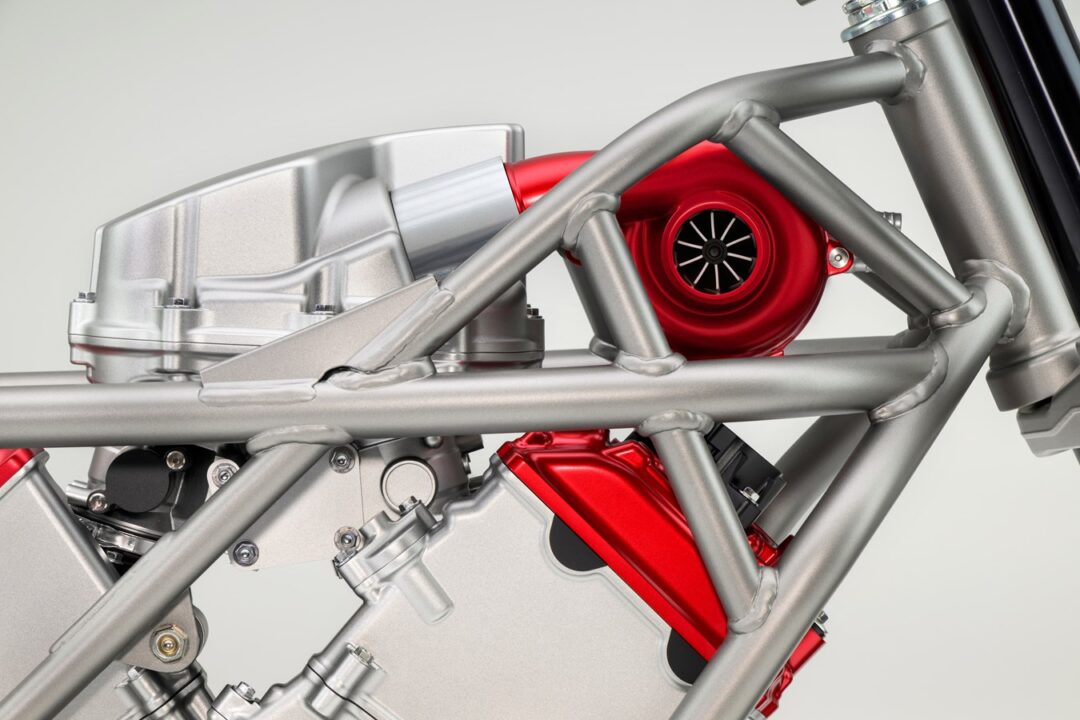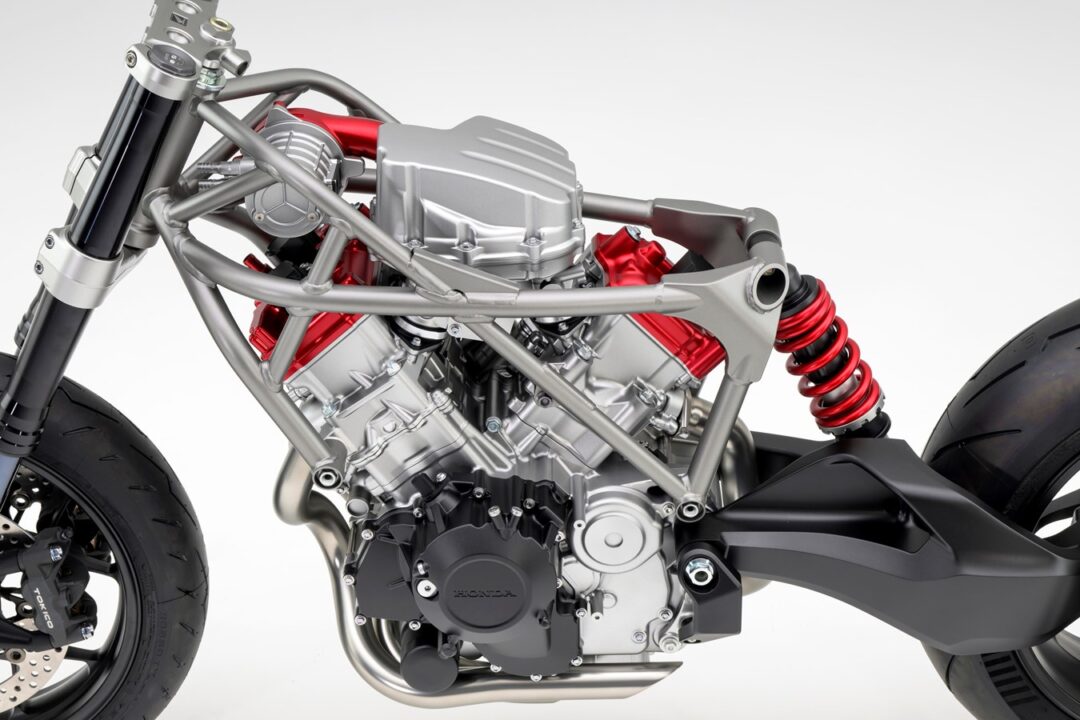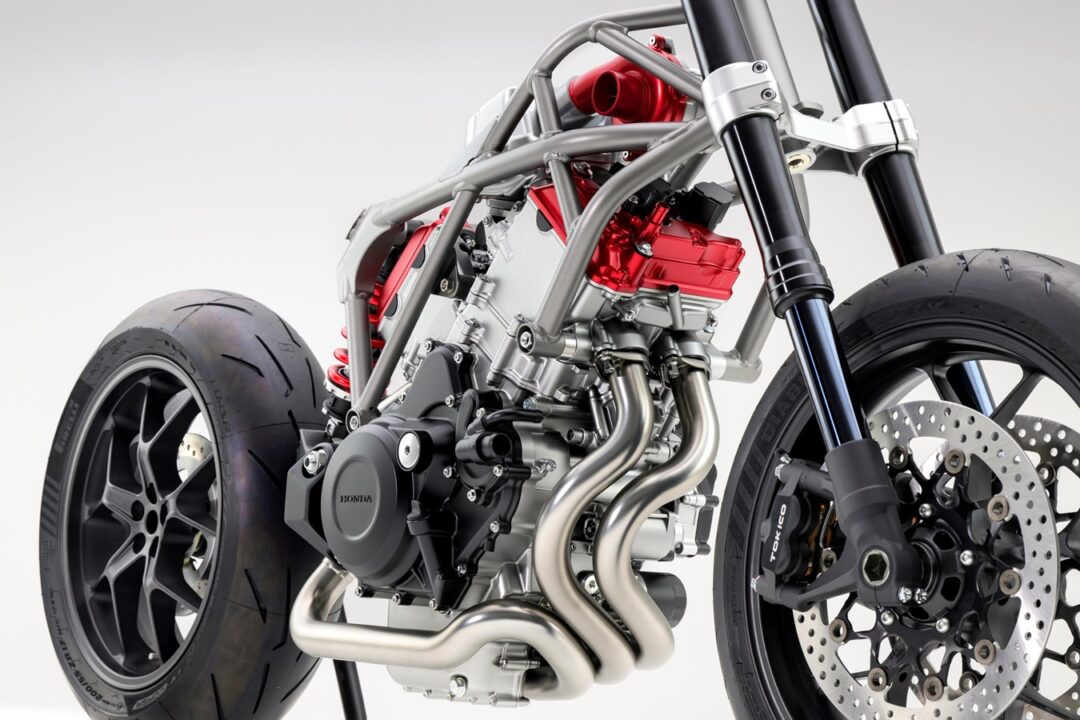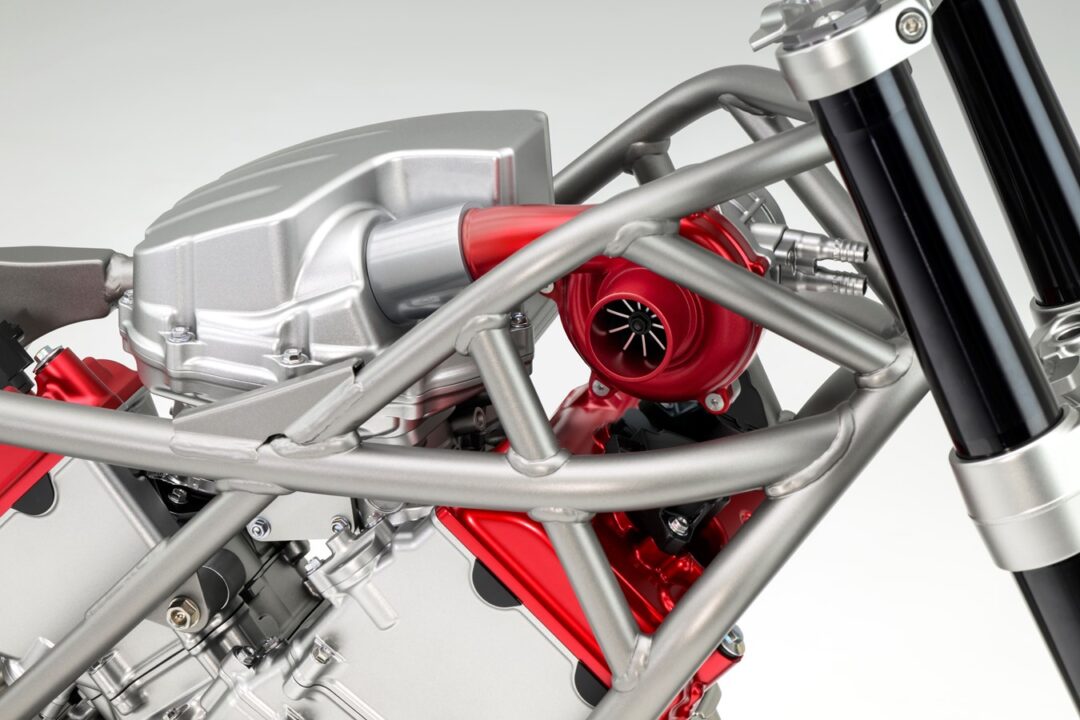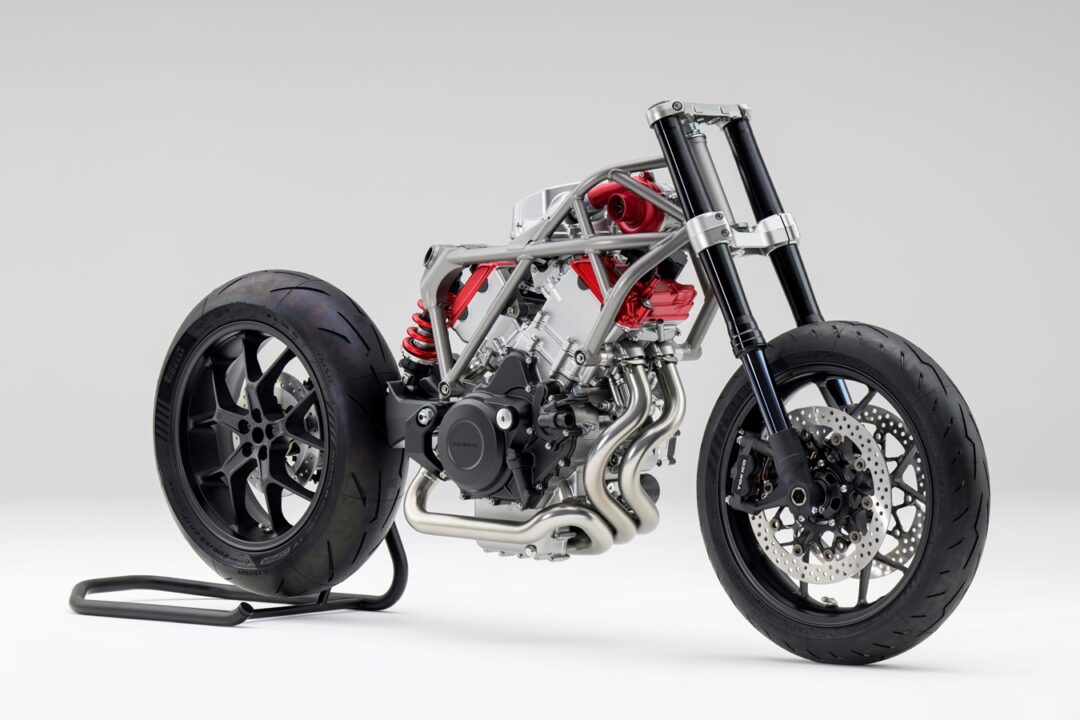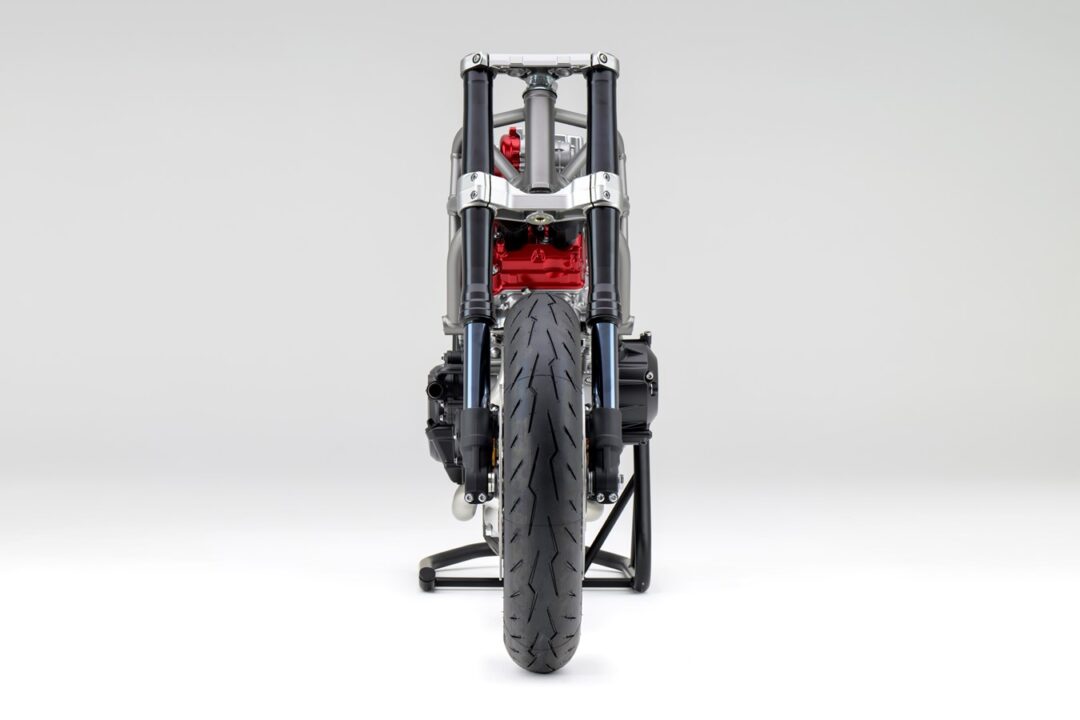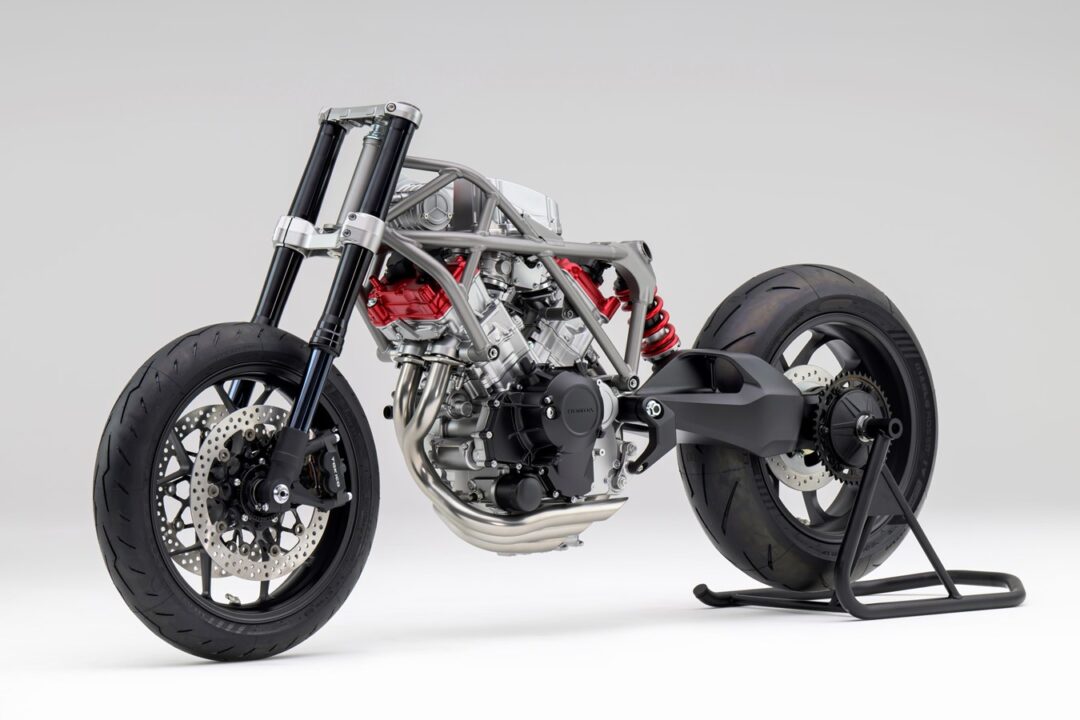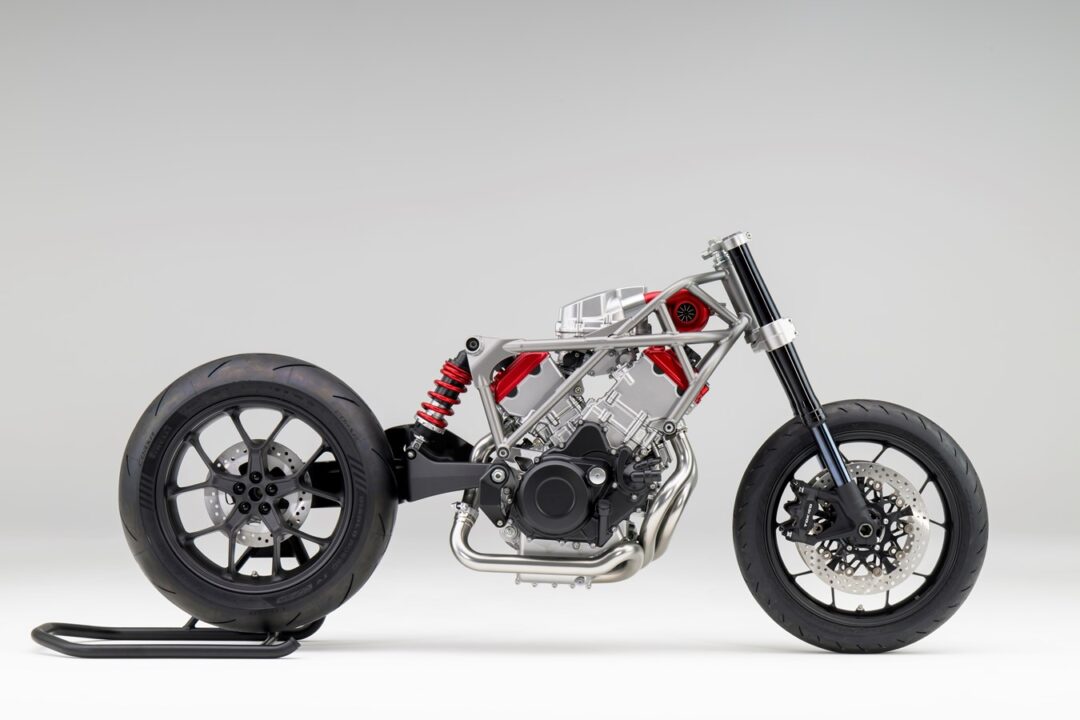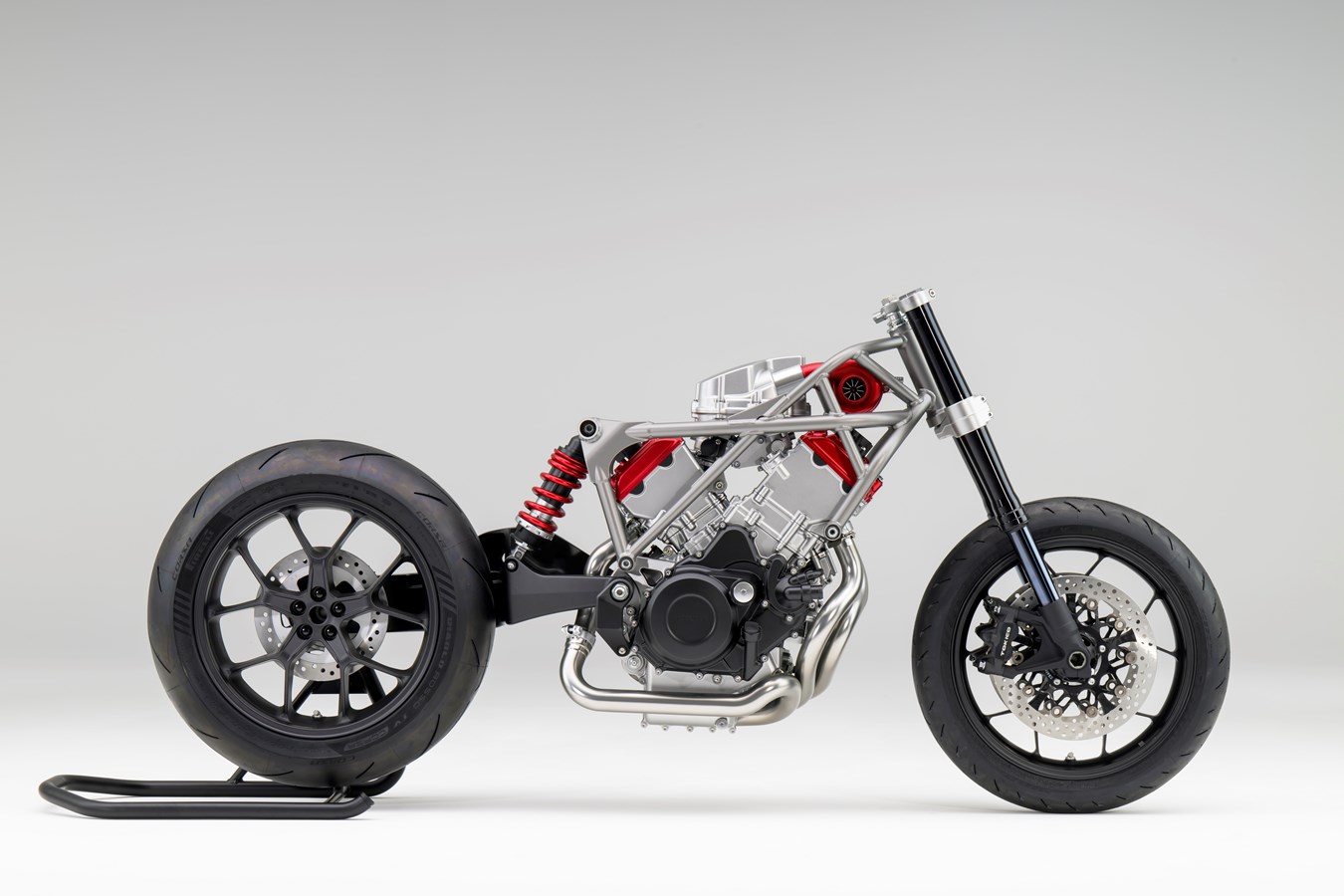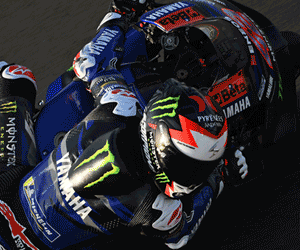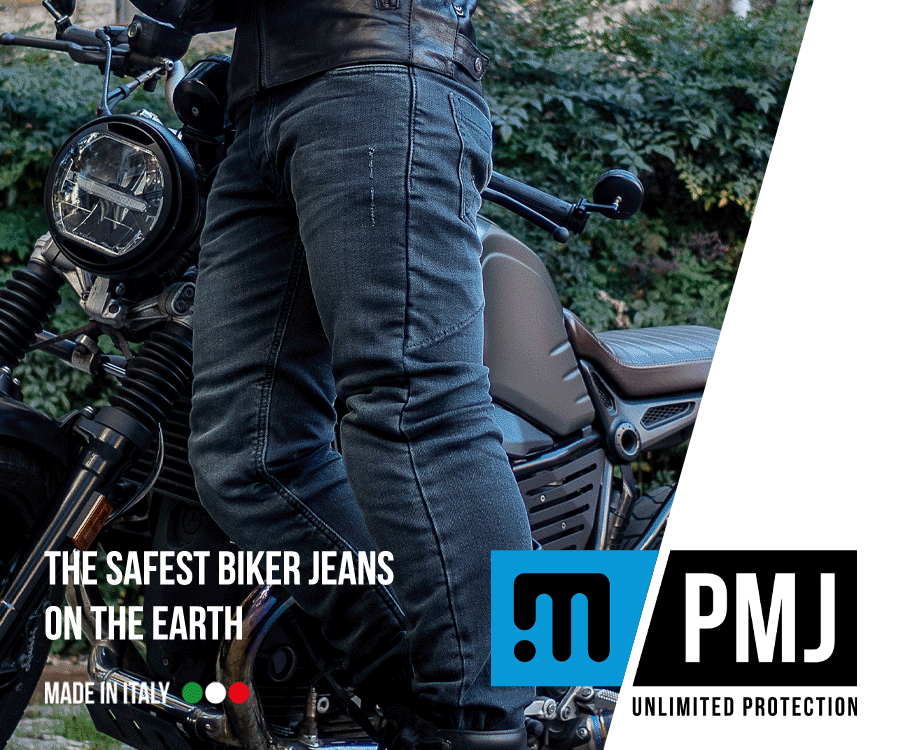- Honda unveils V3 powerplant with electronic compressor
- Electronic compressor offers extra performance without the lag of a turbo
- No details yet on what bike we are likely to see it in
The EICMA motorcycle show has been awash with new model launches this year. But a new V3 powerplant unveiled by Honda, a typically conservative manufacturer, at a time when everyone else is looking to how to make electric work is a quietly exciting prospect, with the addition of an electronic compressor designed to make the engine more efficient.
The 75º V3 engine is water-cooled and, while they didn’t release the displacement, Honda did say the intention was to “apply the new V3 engine to larger displacement models in the future.” The engine was displayed wrapped within a steel trellis frame (although that might just be to allow a better view), but was on a bike with thick USD forks, twin front discs with radial-mount Brembos and a rear wheel mounted on a single-sided swingarm. A new VFR maybe…? And being a V3, it means the motor is extremely narrow, making it an exciting prospect for a slim, light, yet powerful model coming out in the near future.
The electronic compressor is used to force air into the pressurised air-box much like a turbo or supercharger, but while a turbo uses exhaust gases and a supercharger is driven via belts, an electronic compressor is independent from the powerplant, using its own electric motor. That allows the compressor to be spun independently from the engine’s speed allowing for bottom-end boost without any lag and can be controlled in the way it performs depending on variables like performance map chosen, throttle position, speed and lean-angle. And as it’s electrically driven, it doesn’t require the addition of an intercooler.
It’s exciting to see a giant like Honda exploring options to continue the life-span of ICE (internal combustion engine) vehicles, with the weight, size and achievable range of the current batteries available making a useable, long-distance and high-performance electric motorcycle still seemingly a long way off. With the addition of the electronic compressor, Honda should be able to make a smaller capacity engine provide similar performance to a bike featuring a bigger powerplant while reducing emissions and fuel consumption. And with the controllable nature of the electronic compressor, it shouldn’t suffer from the lag that has plagued turbo bikes in the past, which made them a tricky prospect to ride due to the sudden increase in power delivery. If you happened to hit the required revs for the turbo to start producing boost while cranked over, it could turn out nasty, but the electronic compressor will undoubtedly be linked to an IMU and many other sensors allowing the computer to decide when it’s good to unleash the hit.
While there was no mention of production or even which bikes we’re likely to see the new V3 used in, it’s exciting to see that there is still development going into the internal combustion engine which, as yet, is still the best solution for powering motorcycles.
